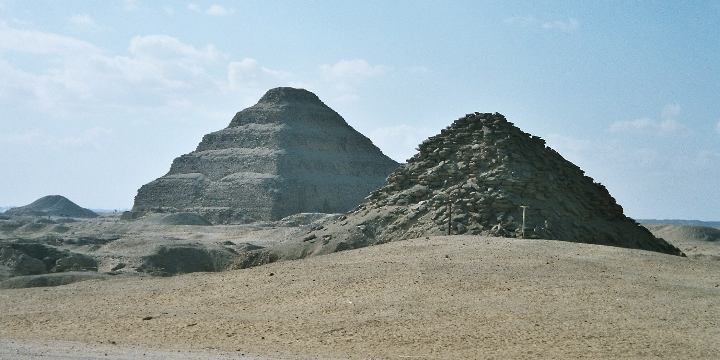
Well, it has been a good week for archaeology. First, researchers excavating the ancient Greek city of Himera in northern Sicily have unearthed the biggest necropolis found so far on the island, which they reckon could contain around 10,000 tombs. Most of the graves date from the 6th and 5th centuries BC, and among other things, researchers have found the skeletons of newborn babies, alongside the Greeks' version of babies' beakers - small terracotta vases complete with spouts. There's also a common grave containing a dozen young male skeletons, presumably soldiers, who had died violently, some with arrows still attached. I love that such significant finds are still emerging, along with such vivid insights into the way these people lived and died. Of course the tomb of Archimedes himself is somewhere on Sicily, still to be discovered. He was killed in 212 BC when the Romans attacked his home city of Syracuse. The Roman politician Cicero tracked the tomb down in 75 BC, and found it covered in brambles and thorns - he recognised it by a sphere and cylinder on top (put there to celebrate Archimedes' proof that the ratio of the volume of a sphere to the volume of the cylinder that contains it is 2:3). There have been plenty of modern attempts to find it, but no one has been able to track it down.
Meanwhile in Egypt they've found a new pyramid. It's the country's 118th so far, and it was buried in the sands at Saqqara (pictured), just south of Cairo. A 5-metre-high square base is all that's left, but when intact it was probably around 15 metres tall. The pyramid is around 4300 years old (makes the Antikythera mechanism seem so young!) and it probably belonged to the mother of King Teti, who was founder of Egypt's 6th Dynasty. Archaeologists hope to enter the burial chamber in the next couple of weeks, but unfortunately tomb raiders almost certainly looted any treasures there centuries ago (unlike the intriguing tomb of the Chinese Emperor Qin, which I wrote about yesterday). The BBC has a nice picture story about the newly-discovered pyramid, while USA Today's version gives more detail.
Finally, this blog post gives an extensive account of a talk given in Salisbury last week by Stonehenge researcher Mike Parker-Pearson. He was filling his audience in on a finding already covered by the BBC last month - that the stones of Stonehenge could be 500 years older than thought. At the site of old stone monument there's also a circle of 56 mysterious holes, called the Aubrey Holes after the guy who discovered them. These seem to be older than the actual megaliths themselves, dating from around 3000 BC, and there have been various theories about what they were for. Now Parker-Pearson has discovered compressed chalk at the bottom of one of them - evidence that it once held a stone. Rather than the huge stones being a late addition to the site, Parker-Pearson thinks it's likely that all of the Aubrey Holes held stones from the time they were dug, with cremated remains being buried under the stones.
From a huge necropolis to a pyramid to Stonehenge - all for honouring the dead. Makes modern-day graveyards look a bit paltry...